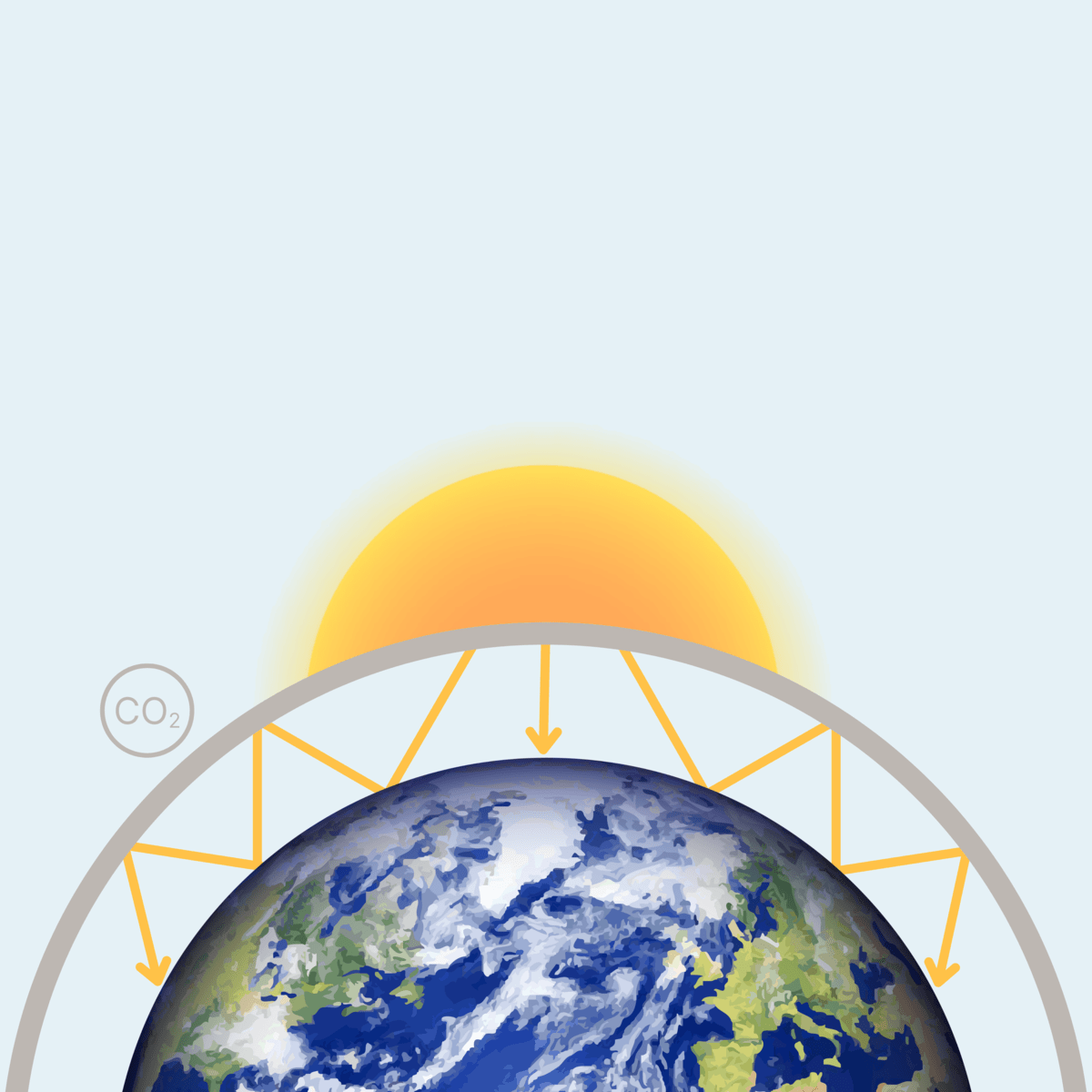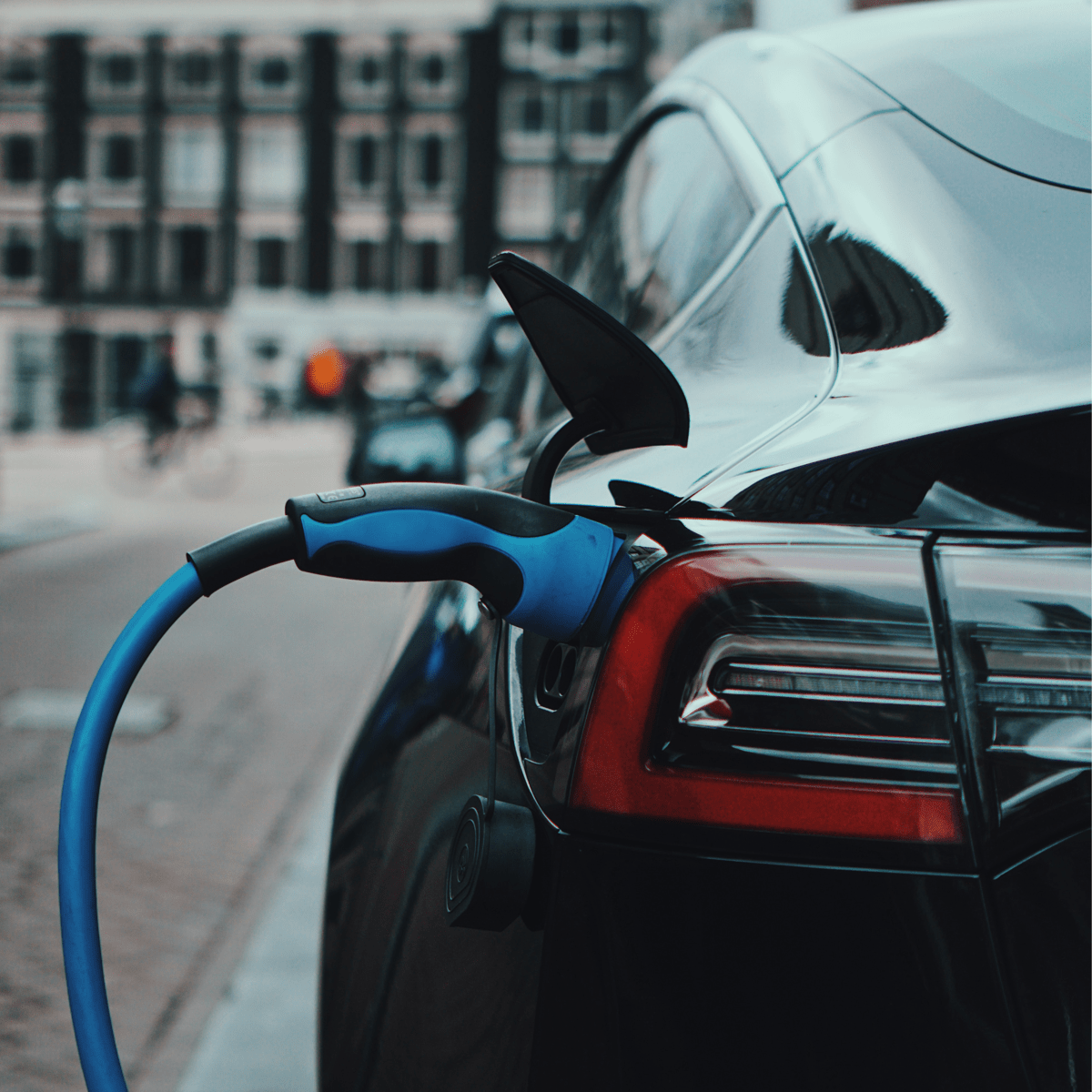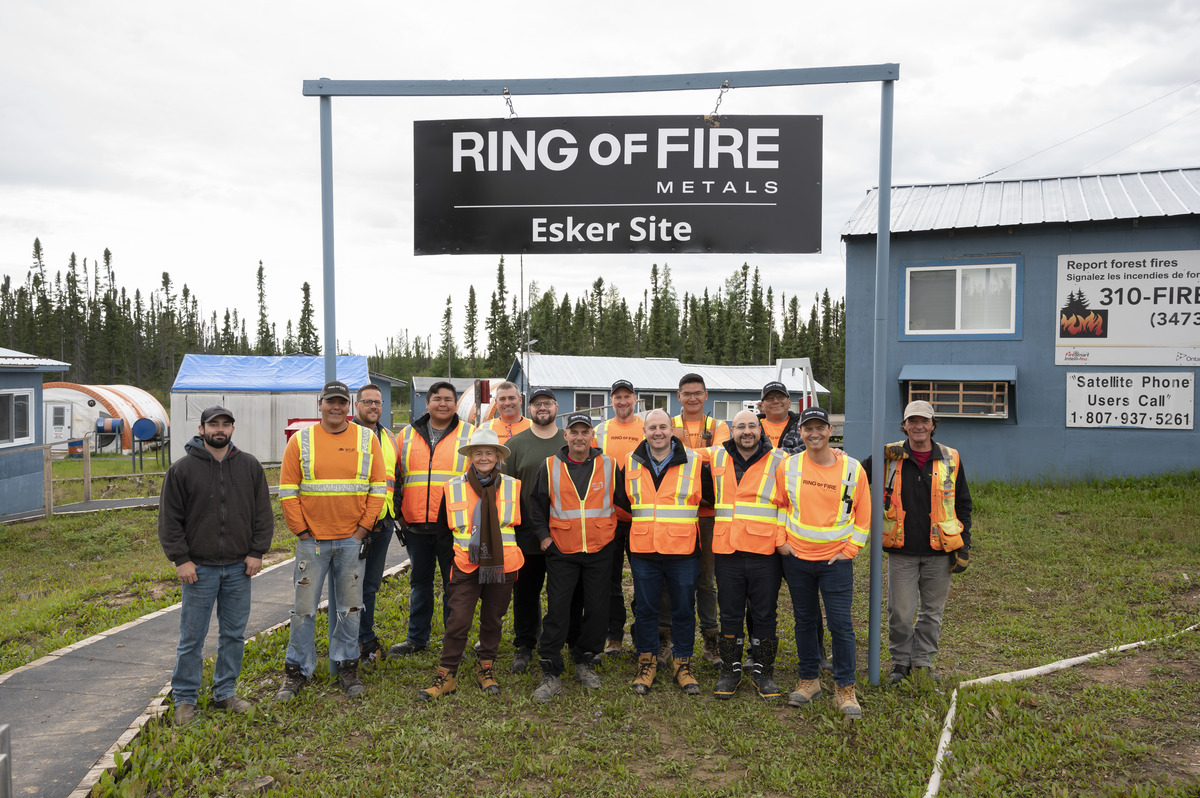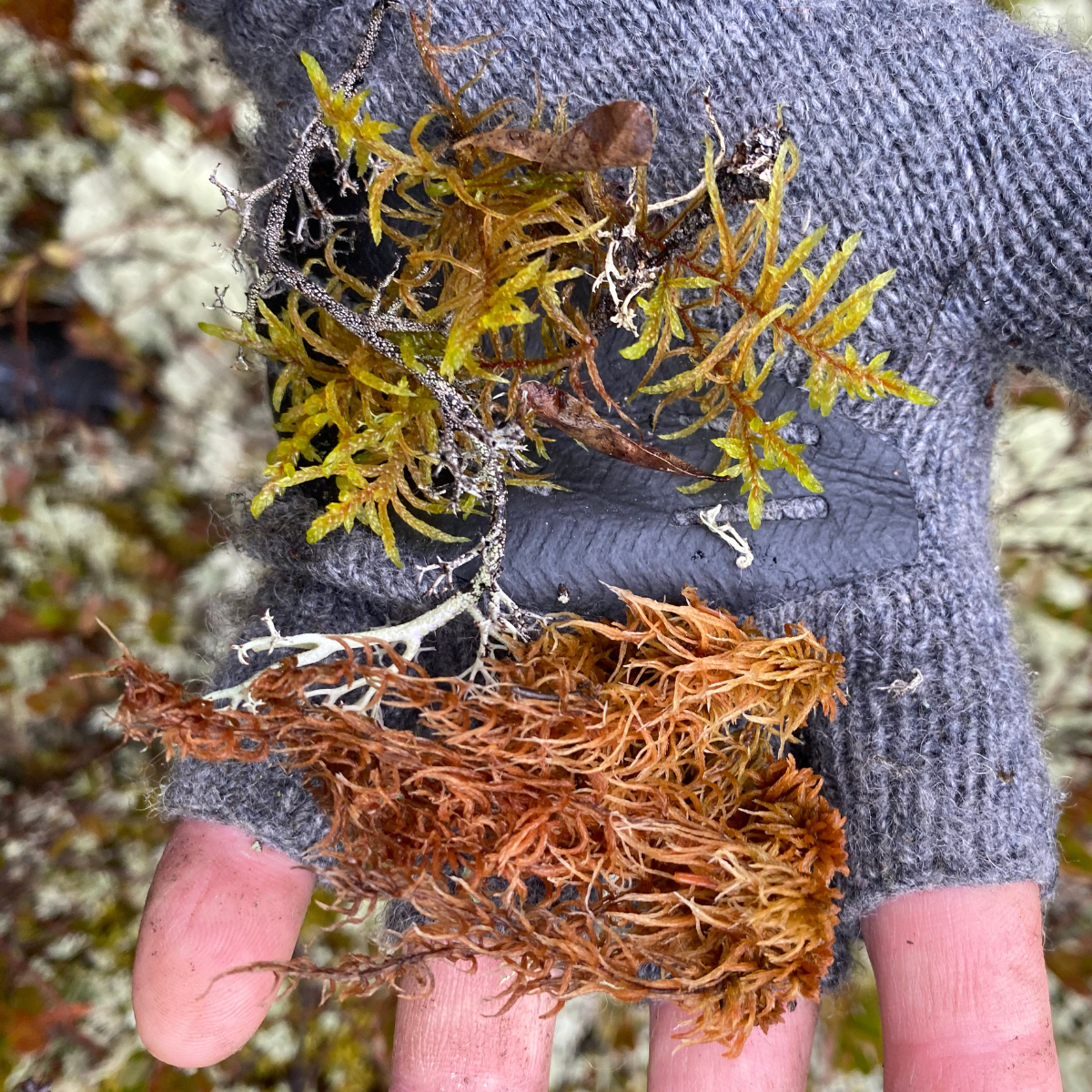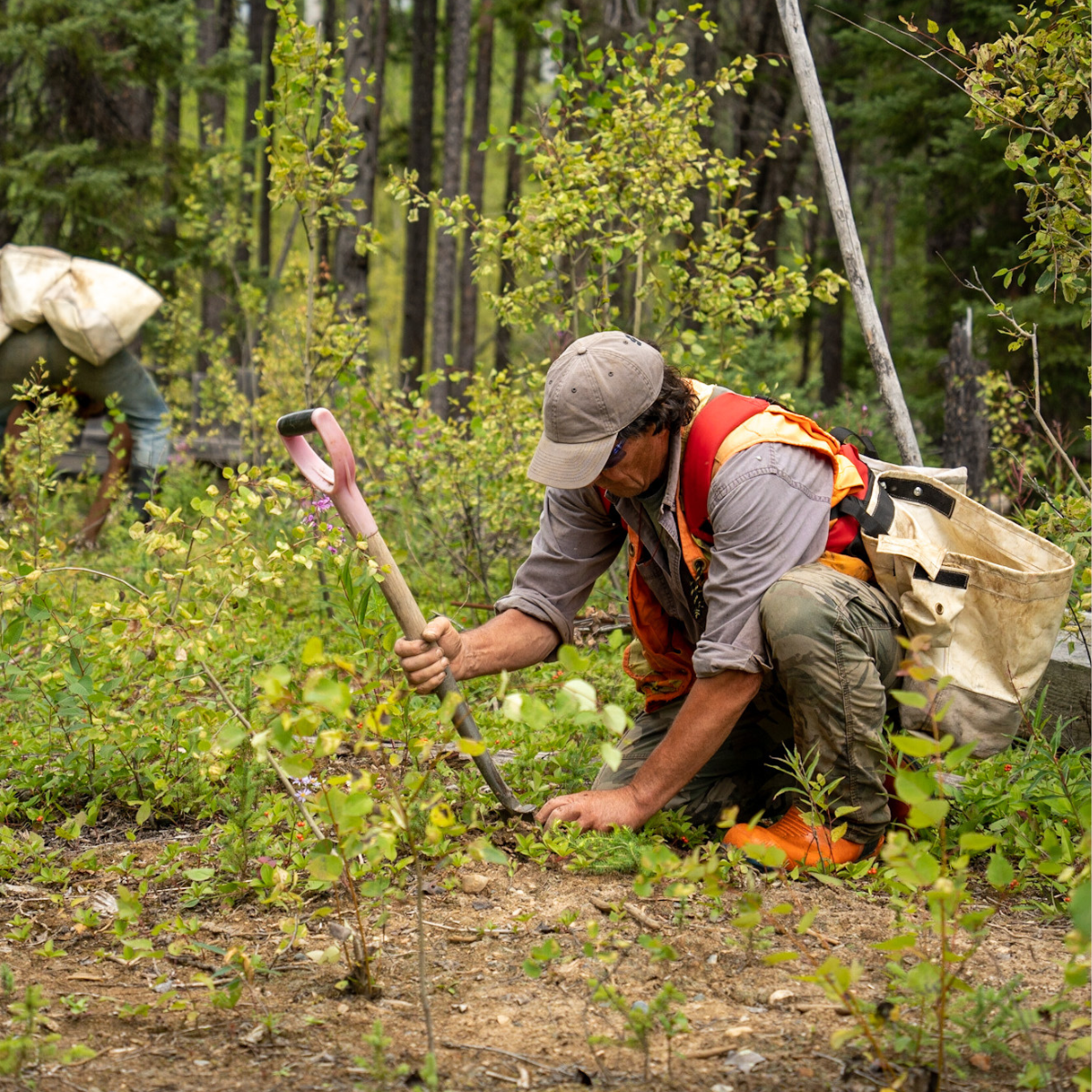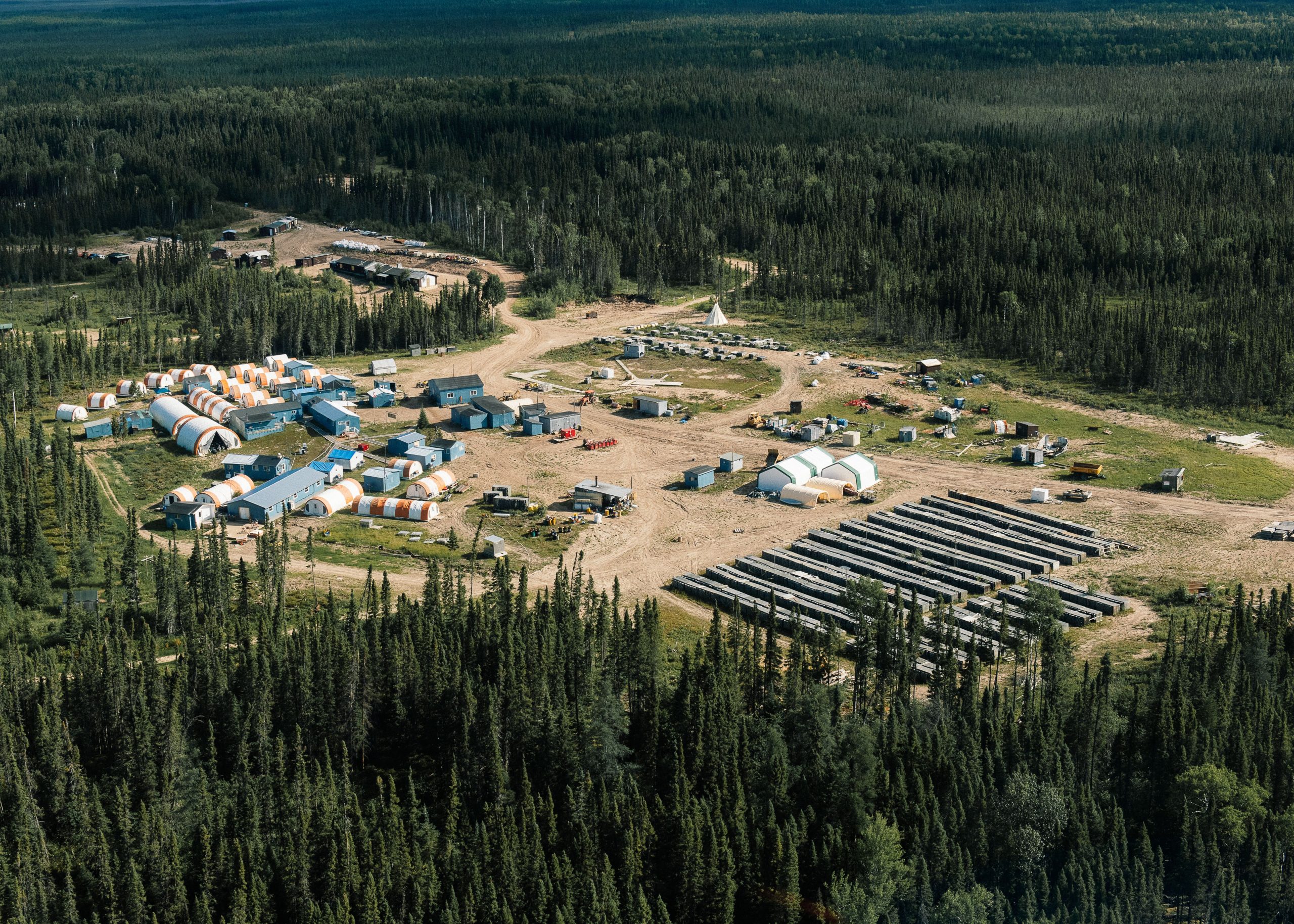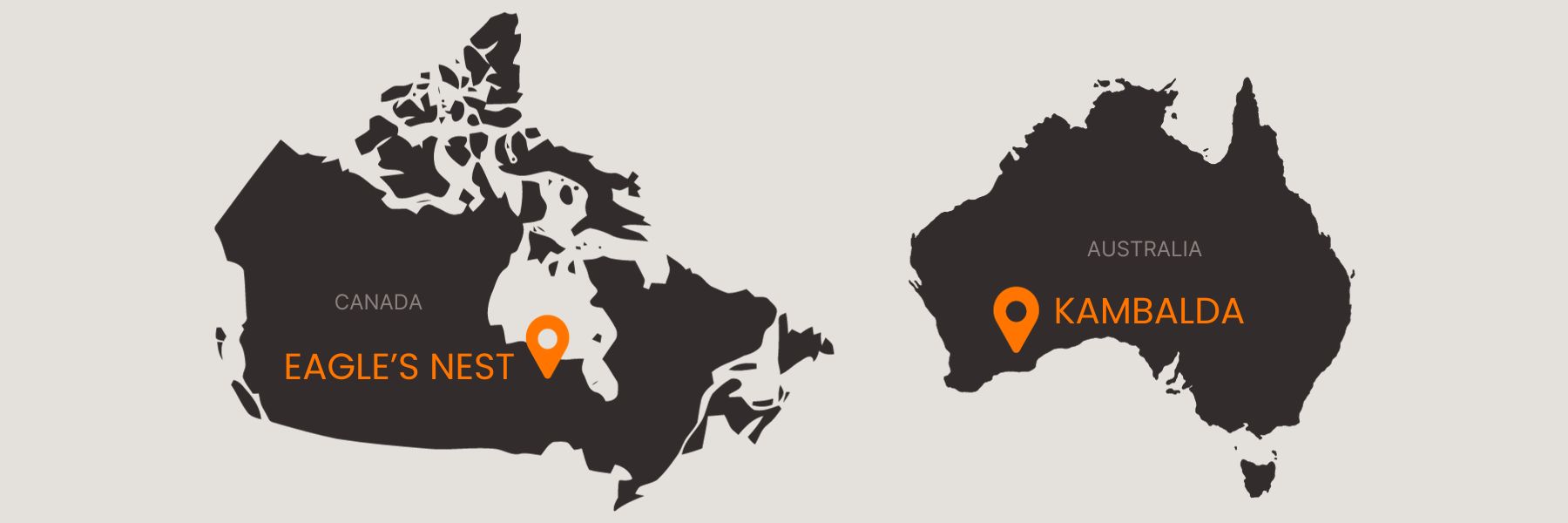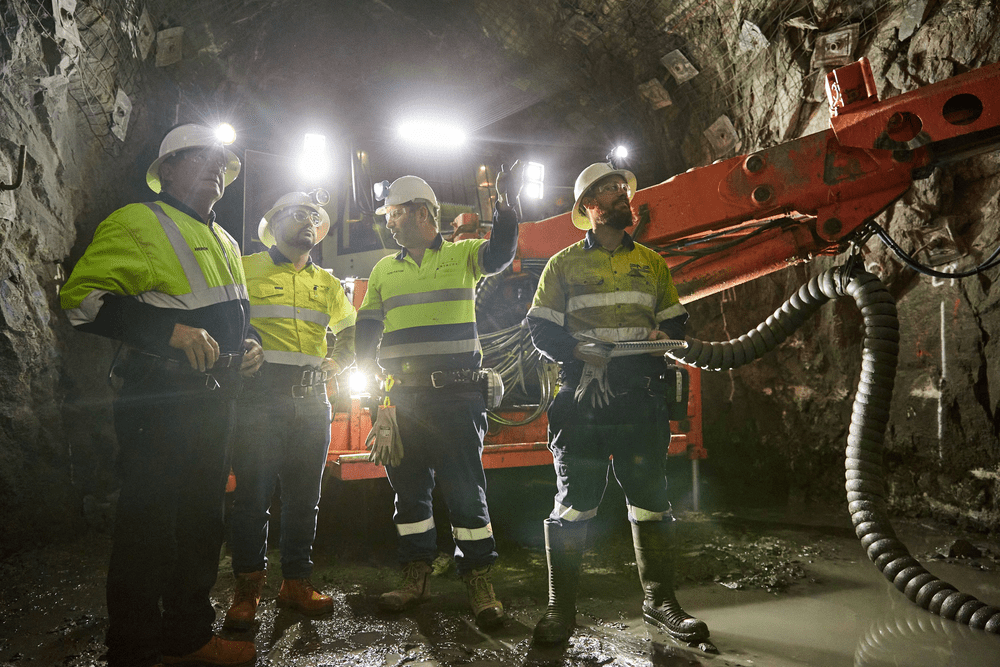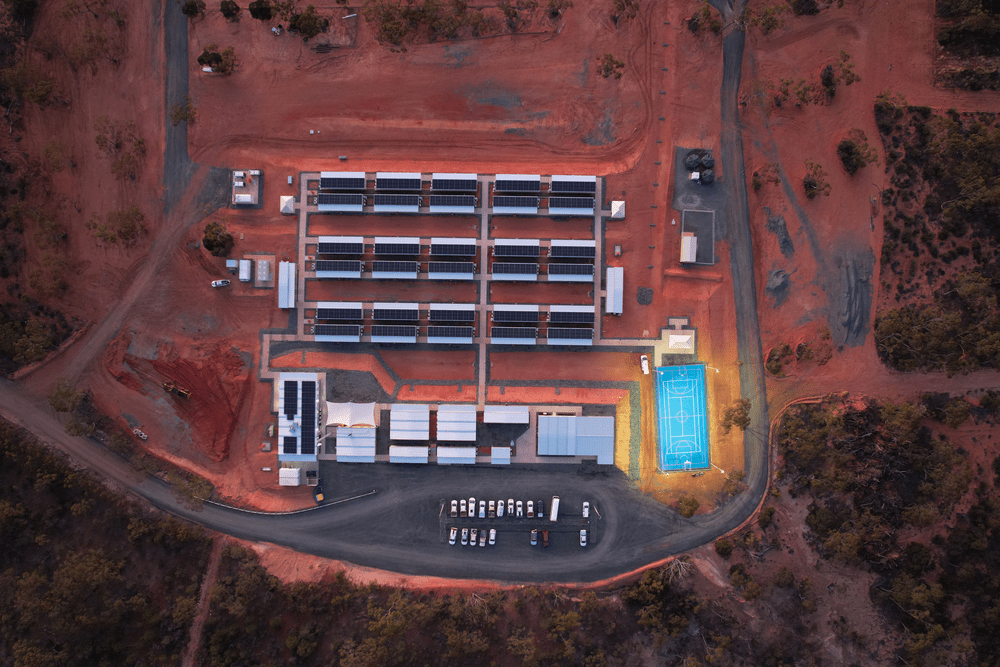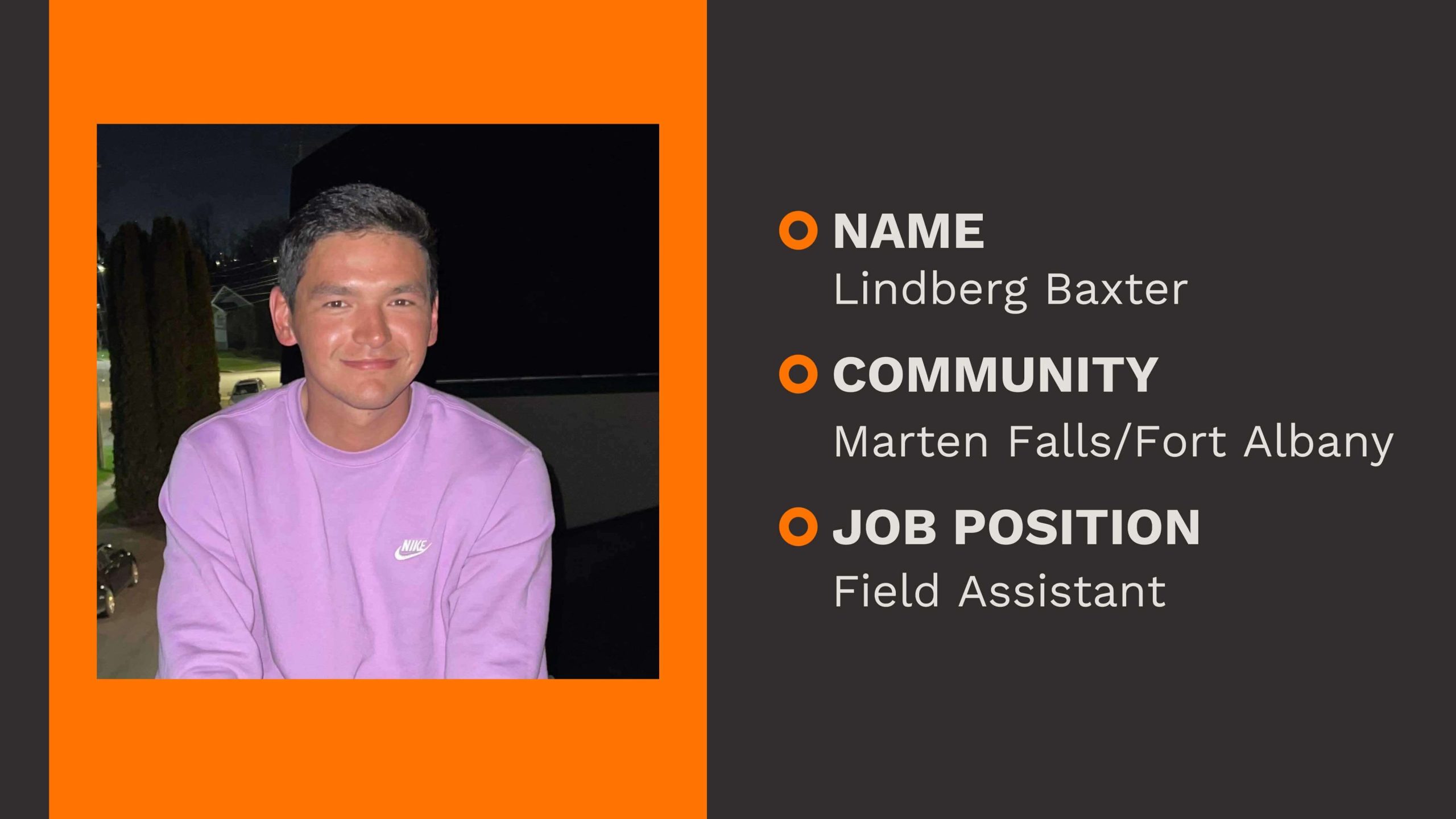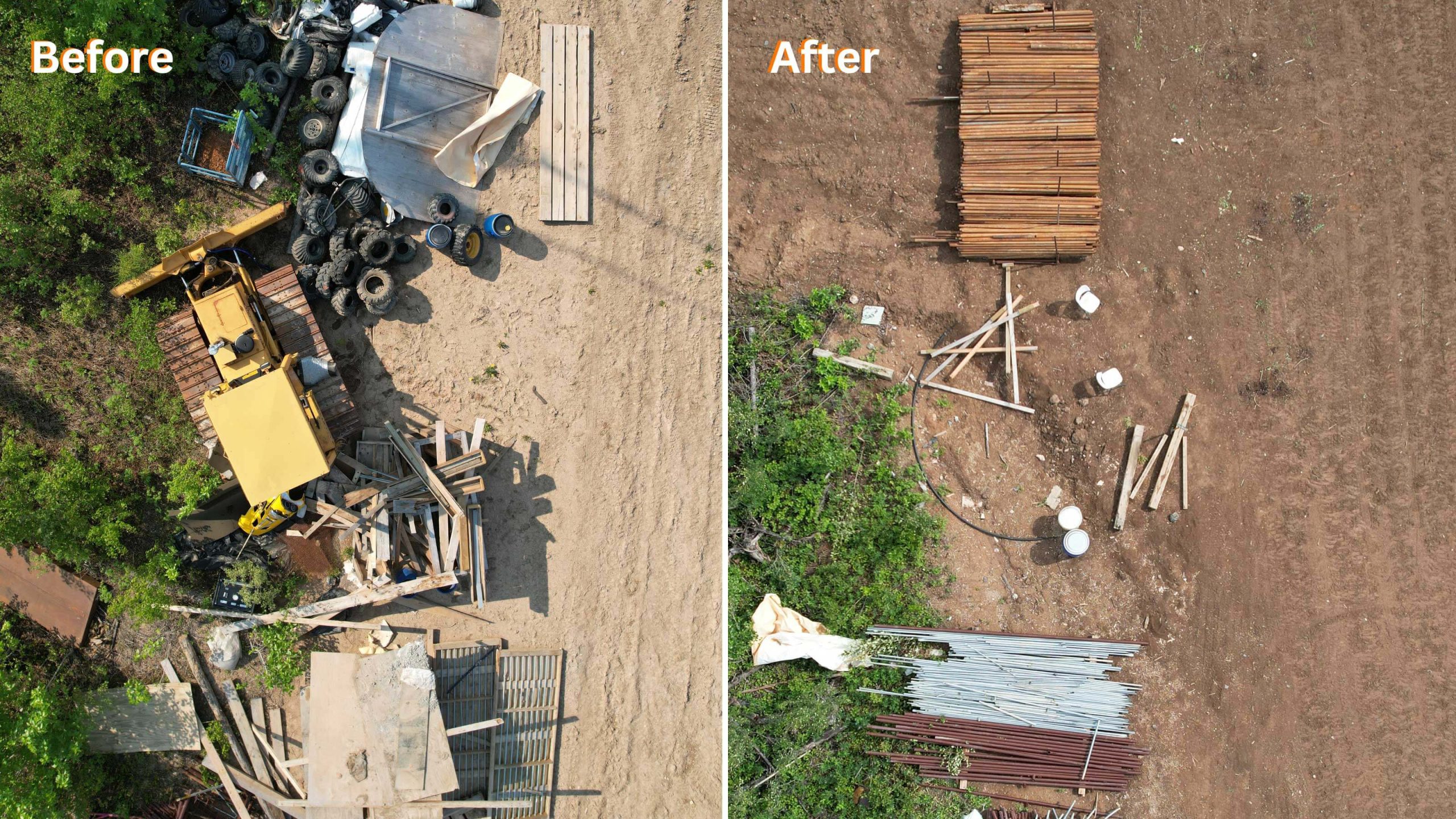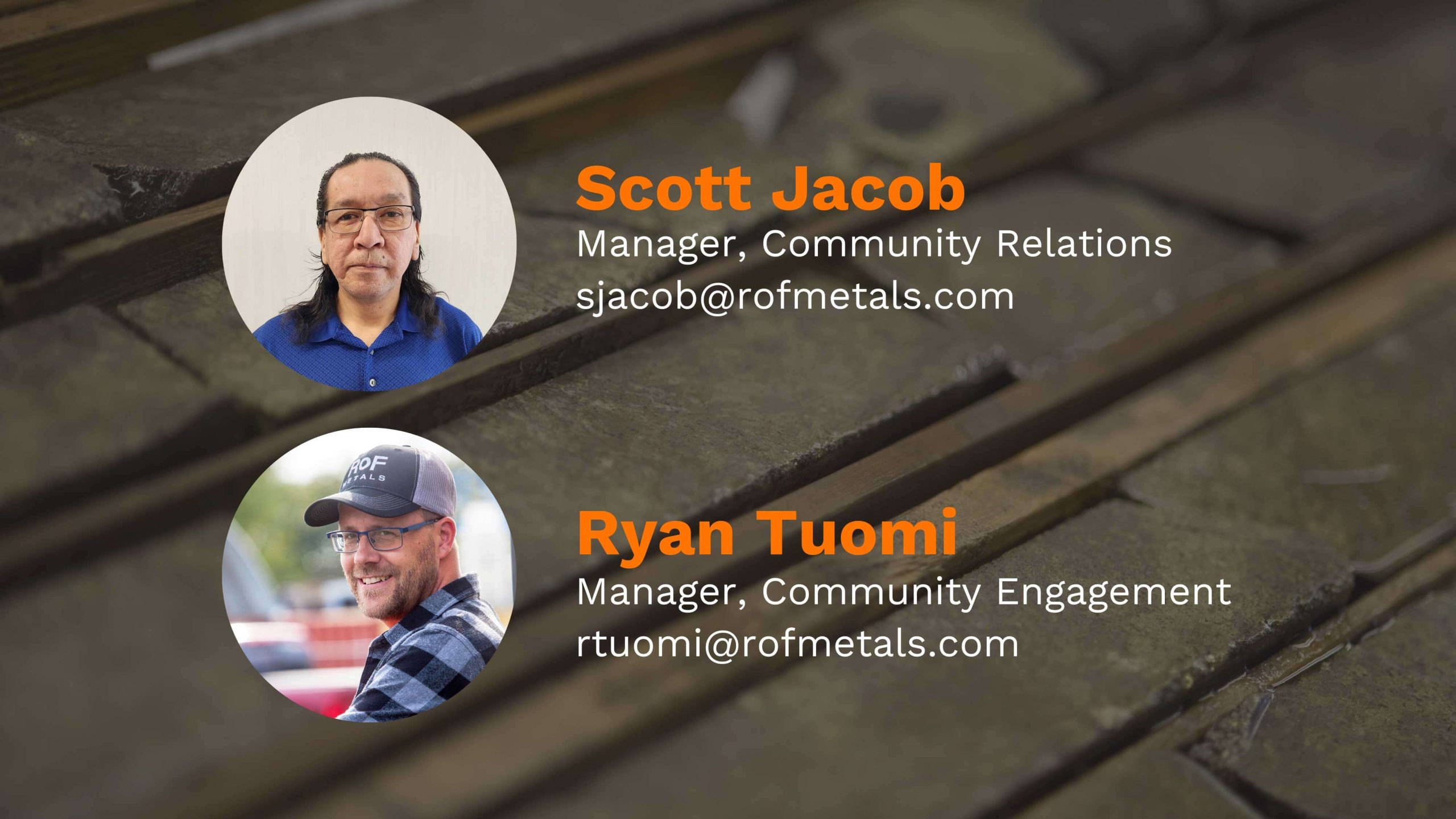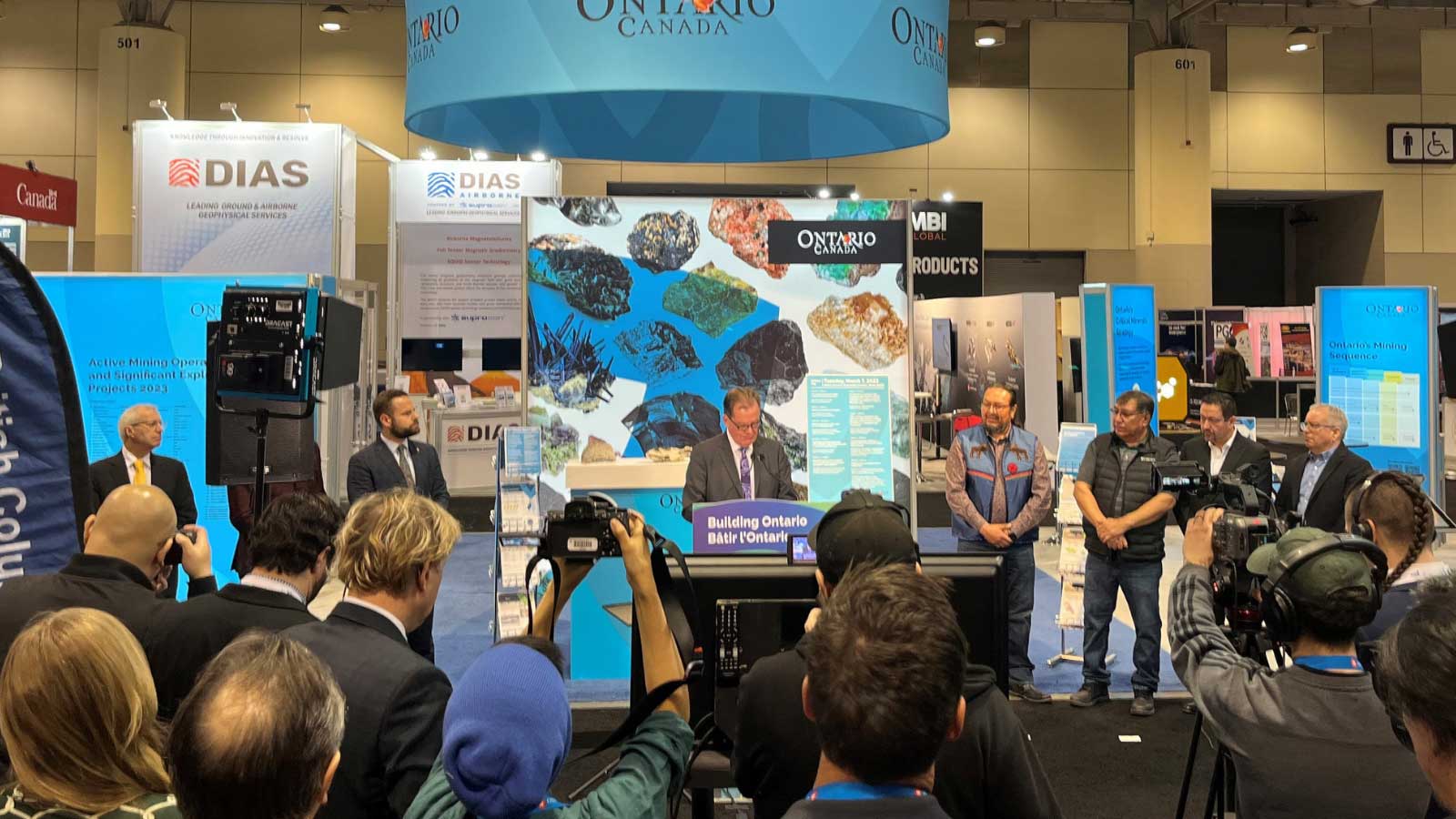Our Southern Operations Accommodation Village (SOAV) was built with sustainability at the heart of its design. Partnering with two local Western Australian businesses, Amanda Energy Solutions and Switch Batteries, SOAV was designed with a renewable power solution capable of generating between 80to 100 per cent of its daily power requirements.
The system includes roof-top solar panels and a battery with the ability to be monitored and administered remotely, designed to be scaled and refined over time as the needs of the village change.
Several other design elements have been incorporated into the village to improve energy efficiency and enhance amenity, including:
- 100 per cent recyclable, high thermal efficiency building panels.
- Energy efficient double glazing on all buildings.
- Inverter air conditioners.
- LED lighting throughout the entire village, eliminating “dark spots”.
- Deliberate selection of appliances based on energy rating.
- Energy efficient, 2.2metreverandas on all buildings.
- Smart design potable water system.
- Local, high-quality catering.
Not only does the village represented a step-change in our employee experience, but it has also eliminated the need for our people to travel a daily round trip of 120kilometres to our Northern Operations accommodation village, supporting greater overall wellbeing, health and safety.


